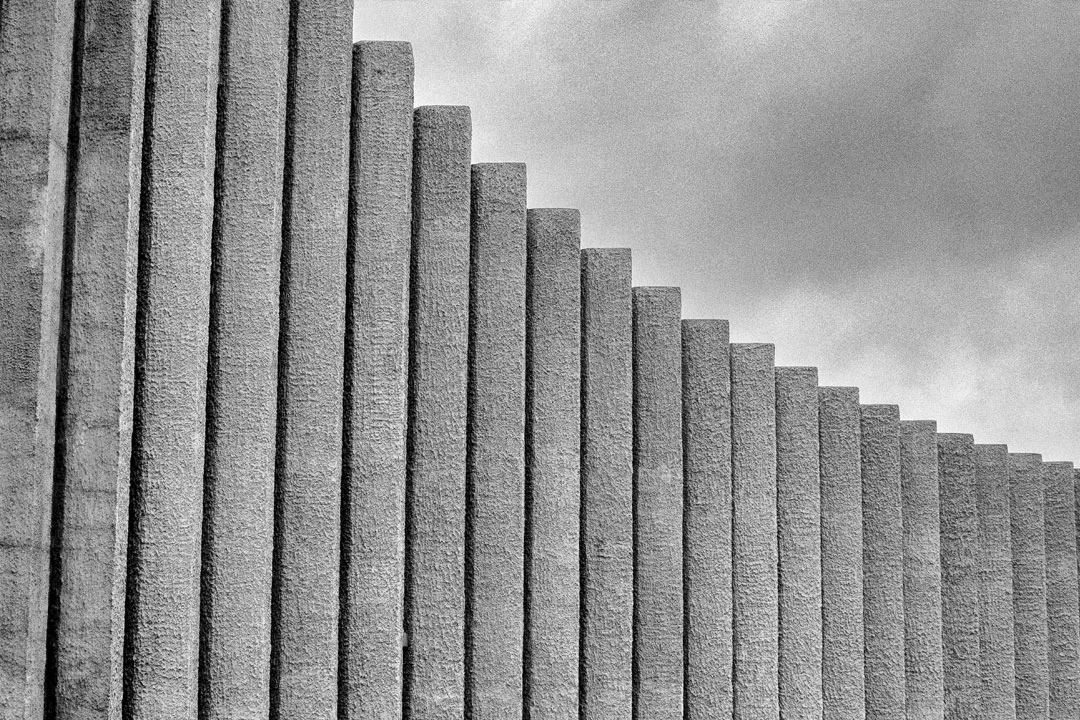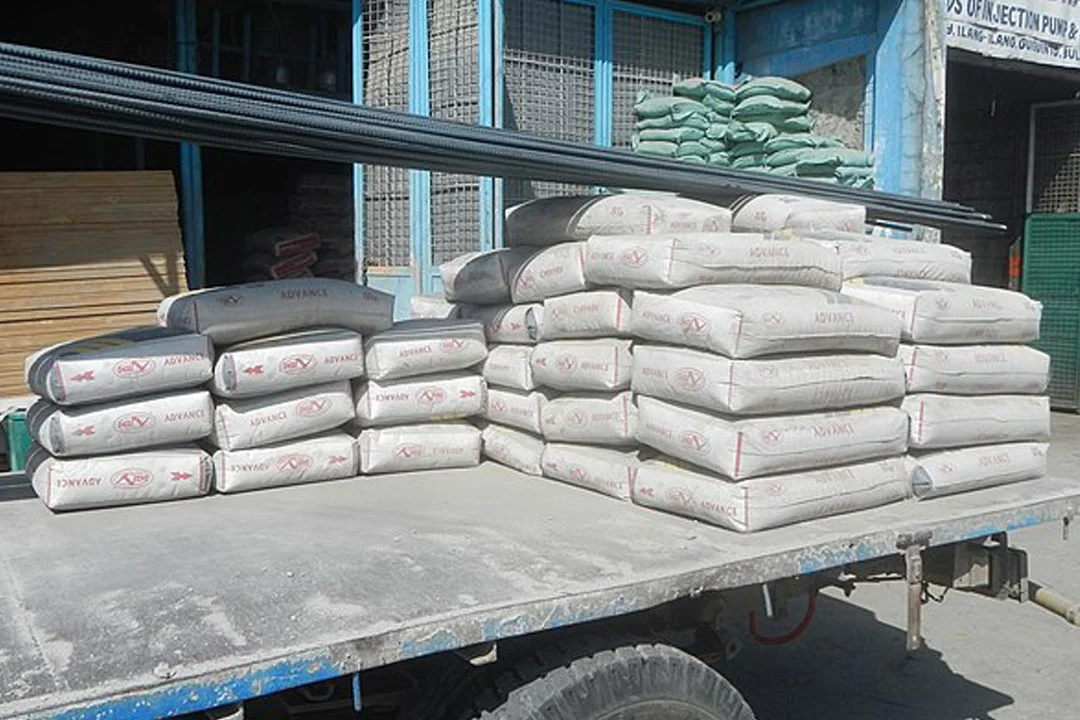With dozens of concrete sealer options and hundreds of brands on the market, choosing one to purchase and apply to your projects can be a daunting task.
The purpose of sealers is to protect your concrete from cracking, peeling, discoloration, staining, and more. Without sealer, concrete will absorb moisture, crack, and have a much shorter life than sealed concrete.
That being said, an exterior concrete sealer is not only worth it, but an absolute must. Your exterior concrete needs just as much protection as your interior concrete and will be exposed to harsher elements like rain, mud, tire tracks and more.
If you have a swimming pool, sealers are especially important to protect the concrete from water damage and the harsh effects of chlorine or salt water.
How concrete sealers can save you money?
When your concrete is sealed, you save on repair and replacement costs that would otherwise occur if it was not protected. The sealer needs to be reapplied every few years to provide continued protection and is perfect for patio decking, pool decks, driveways and more.
When properly sealed, concrete can be one of the strongest, most durable and long-lasting materials associated with your home.
Types of Sealers
There are many types of exterior concrete sealers on the market. Chemically reactive sealers are virtually invisible and are used to penetrate deep into concrete. Colored sealers, such as solvent-based acrylics or water-based acrylics, can also give your concrete an extra shine while providing the same protection as other sealers.
.
Before choosing a sealant, it's important to understand the various uses, main types, fully understand the qualities you're looking for to protect your surface, and the look you want it to have.
Penetrating sealer
Silicone, silane, and silicate sealants fall into the category of penetrating sealants and can be used for a variety of purposes. Penetrating sealers are used on a variety of exposed concrete surfaces to protect concrete from erosion, staining, and natural forces such as UV rays, extreme temperatures, and weather.
Concrete sealers are a good choice as thickeners and hardeners for concrete surfaces. However, they do not offer any protection against water damage. This type of sealer does not alter the natural appearance of the concrete surface once applied. Silane and silicone penetrating sealers provide protection against water, but each have their own disadvantages.
Silicone concrete sealer is a penetrating sealer that is best used as a short-term sealer to protect surfaces that you expect to have to recoat on a regular basis. For example, apply silicone sealant to concrete walls that may have graffiti or vertical concrete surfaces that require frequent or deep cleaning.
For level surfaces or surfaces that require UV protection, silicone sealants are not a good choice. If maintaining the physical appearance of the concrete is important, silicone sealants are a good choice because they penetrate deep into the pores of the concrete and generally do not alter its appearance.
Unlike silicone sealers, silane sealers can slightly alter the appearance of concrete by darkening it, as this penetrating sealer requires a thick coat, 2-3 coats. However, doing so will give you protection for up to eight years. Silane sealants are commonly used on brick and concrete block structures, such as garages and exterior walls.
Epoxy Sealer
Epoxy sealers are a popular choice for design purposes because they easily add pigmentation and leave a glossy finish on interior concrete. Additionally, slip-resistant aggregates can be added to epoxy sealers, making them a great choice for garage floors or industrial surfaces where water sometimes poses a safety threat.
However, they are best used indoors as UV light can stain epoxy surfaces over time. After curing, epoxy sealers also do not allow the underlying concrete surface to breathe in the same way that penetrating and acrylic sealers do.
Acrylic sealer
Like epoxy sealers, acrylic sealers add a glossy finish to concrete. This type of sealant is used both indoors and outdoors. However, unless you choose an acrylic sealer with a non-yellowing additive, it can yellow over time and often delaminate, causing noticeable damage to the smooth surface of the sealed concrete. Some acrylic sealers are UV resistant.
Polyurethane sealant
Polyurethane sealers work well both indoors and outdoors to protect horizontal concrete surfaces in high-traffic or high-use areas, such as floors and countertops. Polyurethane finishes range from light to high gloss and help prevent staining and abrasion.
Polyurethane sealants will not change the color of the surface or turn yellow over time. This type of sealer is ideal for garage floors due to its abrasion resistance and flexibility to withstand impacts that brittle acrylic sealers cannot.
However, at least two coats are required, while some epoxy sealers can be applied in a single coat. Also, polyurethane sealants contain high levels of VOCs (volatile organic compounds), so the use of respirators is recommended.
Our Lueste professionals will help you with all your needs, as well as construction services for all types of projects. We have a team of experts who can provide you with high-quality wall mixes suitable for your project. We serve CDMX. Call +52 (55) 5598-9348 or contact us online.




